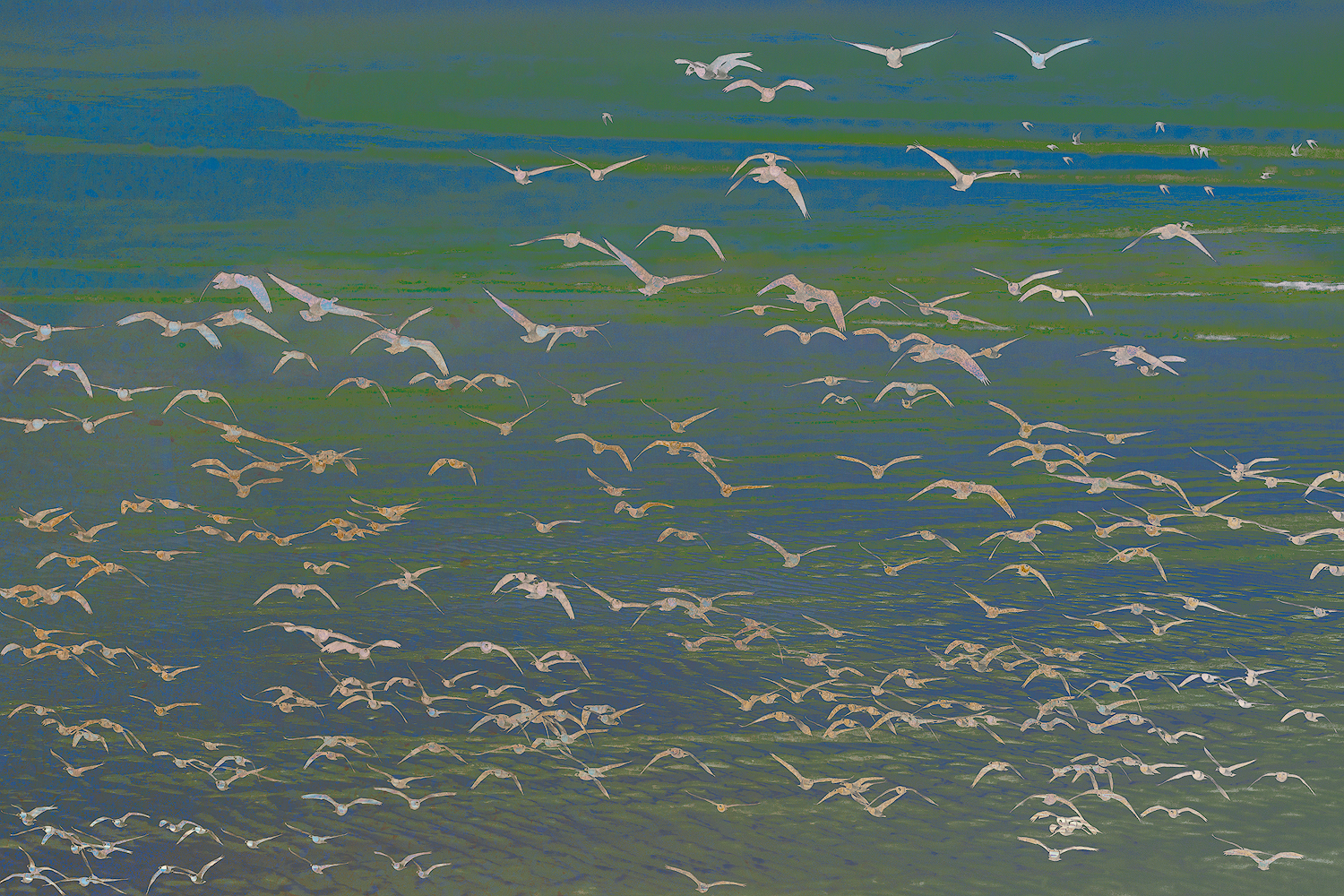
Recently, I’ve been having various conversations with fellow photographers about what makes a photographer (or a photograph) ‘good.’
When I was starting out, this seemed to be a pretty straightforward, objective proposition: you need good subject matter, good light, and good equipment. You need to be able to focus, expose and compose properly and make the right decision about the necessary depth of field and shutter speed. If you follow these rules, people will like your work and you’ll be a good photographer. You’ll even win photography contests, thus bolstering your reputation as a good photographer.
True? Let’s examine it more carefully. What is good subject matter? Well, if you look at something like landscape photography, people immediately think of iconic, oft photographed locations in wonderful parts of the world. Besides the fact that thousands of footsteps have worn down these locations (let alone the carbon footprints we make) and tons of garbage carried in and left there have ruined them, putting your tripod feet in the same holes your predecessor used and making exactly the same image may bring you likes on Instagram but is that the sign of a good photographer?
I could go on and say similar things about good light, good equipment, good composition, etc. I have known photographers who make fantastic images in bright glaring sunlight, flat light, or hardly any light. I have seen stunning images made with smartphones. And to be honest, following the accepted rules of composition often leads to an insipid photo that lacks the tension needed to electrify the viewer.
Does winning contests prove that you’re good? Contest juries are made up of photographers with their own tastes and prejudices. Achieving consensus on which photos deserve to win is a difficult process that tends to fall out in favour of the less innovative, ‘safer’ images.
But the underlying question is even more interesting. What do you mean by ‘good photographer/photograph?’ No matter how you look at it, unless you’re simply using photos for journalism or scientific research, photography is one of the visual arts. And, as art, it expresses the vision of the artist. What makes a work of art ‘good’? From the late 19th century on, it has become increasingly obvious that it has nothing to do with following the rules.
The brilliant photographer and writer Guy Tal recently wrote a blog on Motivation, Creativity, and Personal Expression. He points out that artists who are motivated by their own pleasure in creating are capable of great work that touches the viewer. Artists who work primarily to please others will only grow frustrated.
And this has been my experience as well. Gradually I started caring less and less about what other people think of my work. I started ignoring the rules. I started listening to the little voice inside that views the natural world with a sense of wonder and wants to create images to show that wonder.
The more I listened to and created for myself, the better my images got. The feedback I got from photographers whose opinion I really value was positive and encouraging. I was making authentic, creative work and it showed. And, what’s more important, I started really enjoying my art.
It has taken years to grow into this sense of consciousness, but I think I can finally say, with conviction, that I’m a good photographer. By my own standards, and that’s what matters.
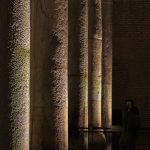

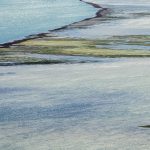
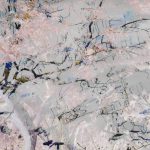

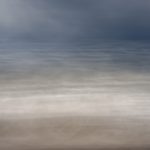
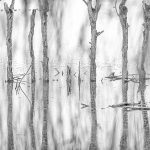

Comments
Andres Puiggros
Madeleine
Philip Rogers
Madeleine
Alister Benn
Madeleine
Beatrice Trixl
Madeleine